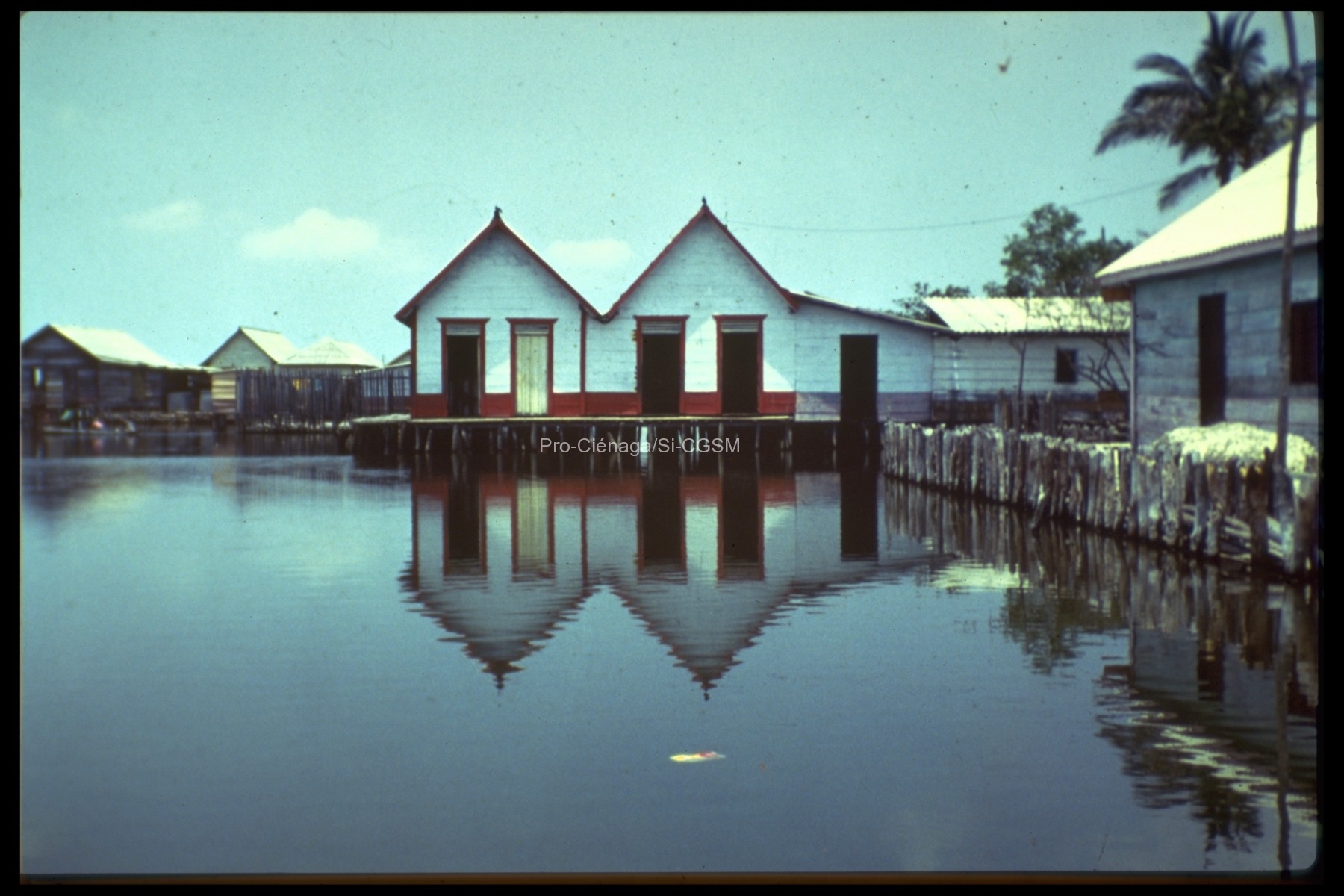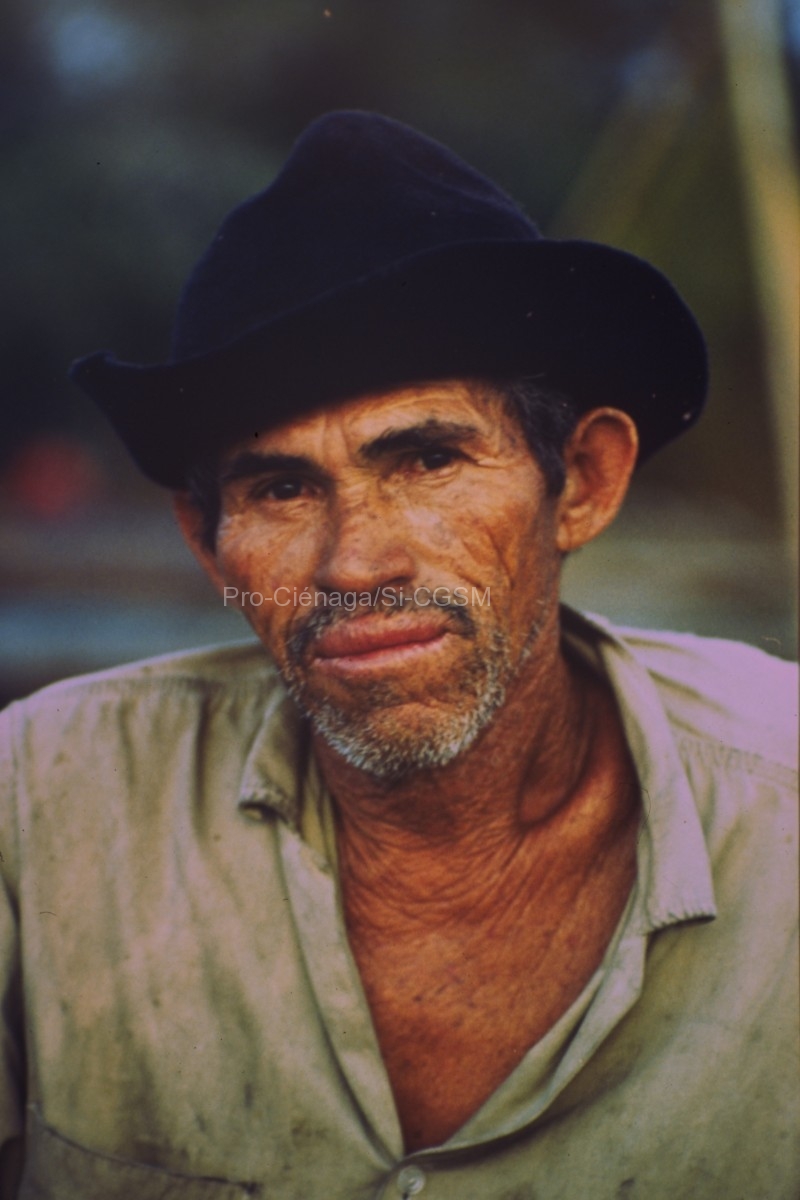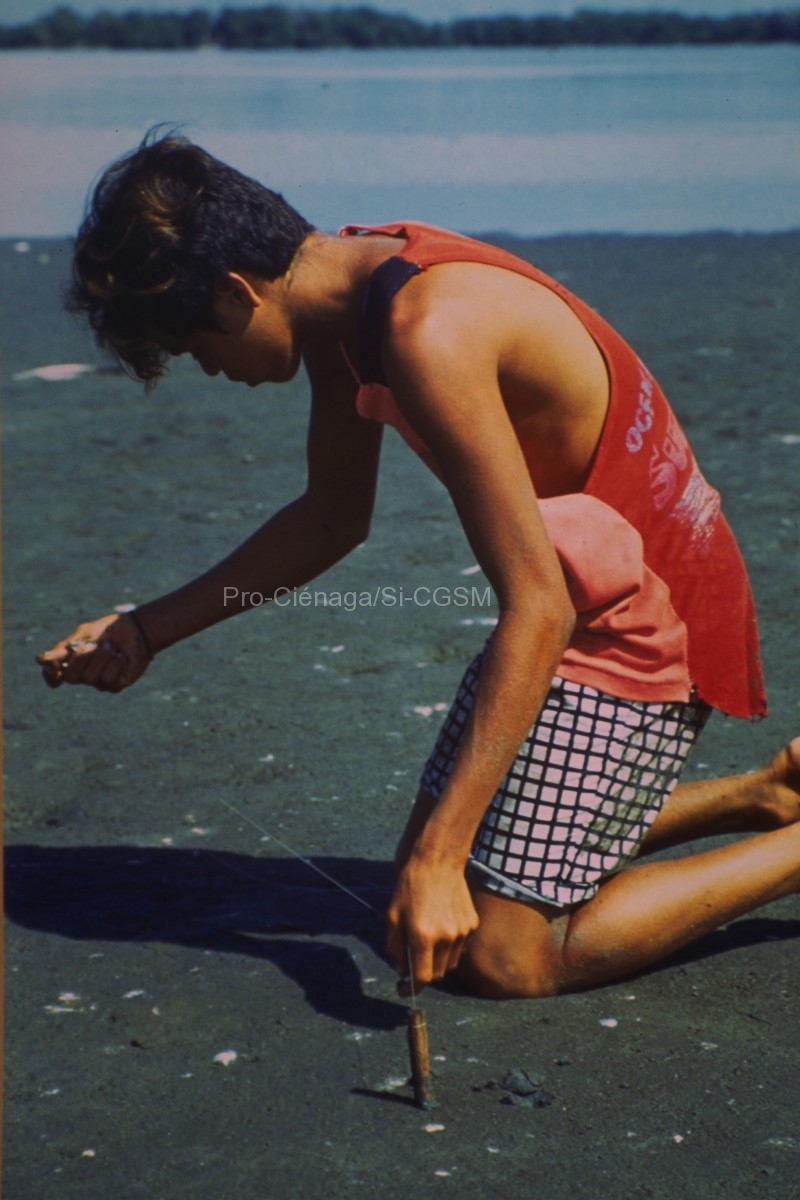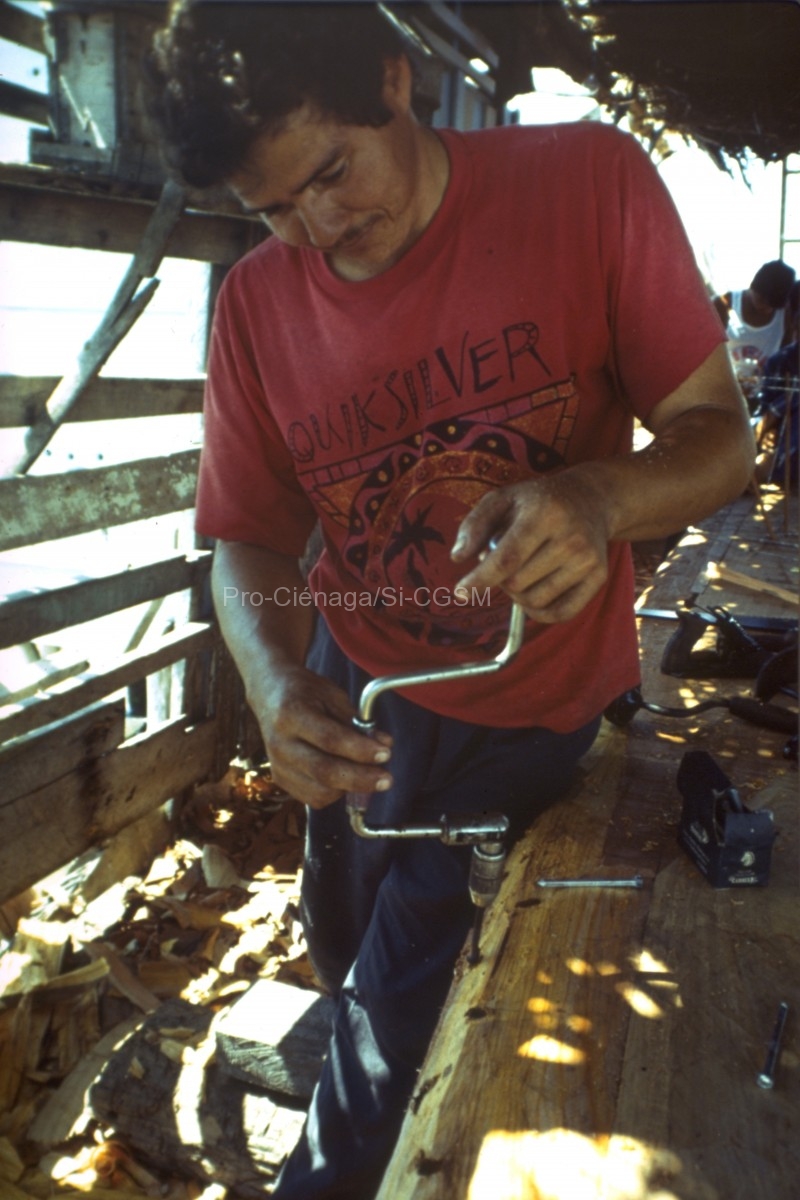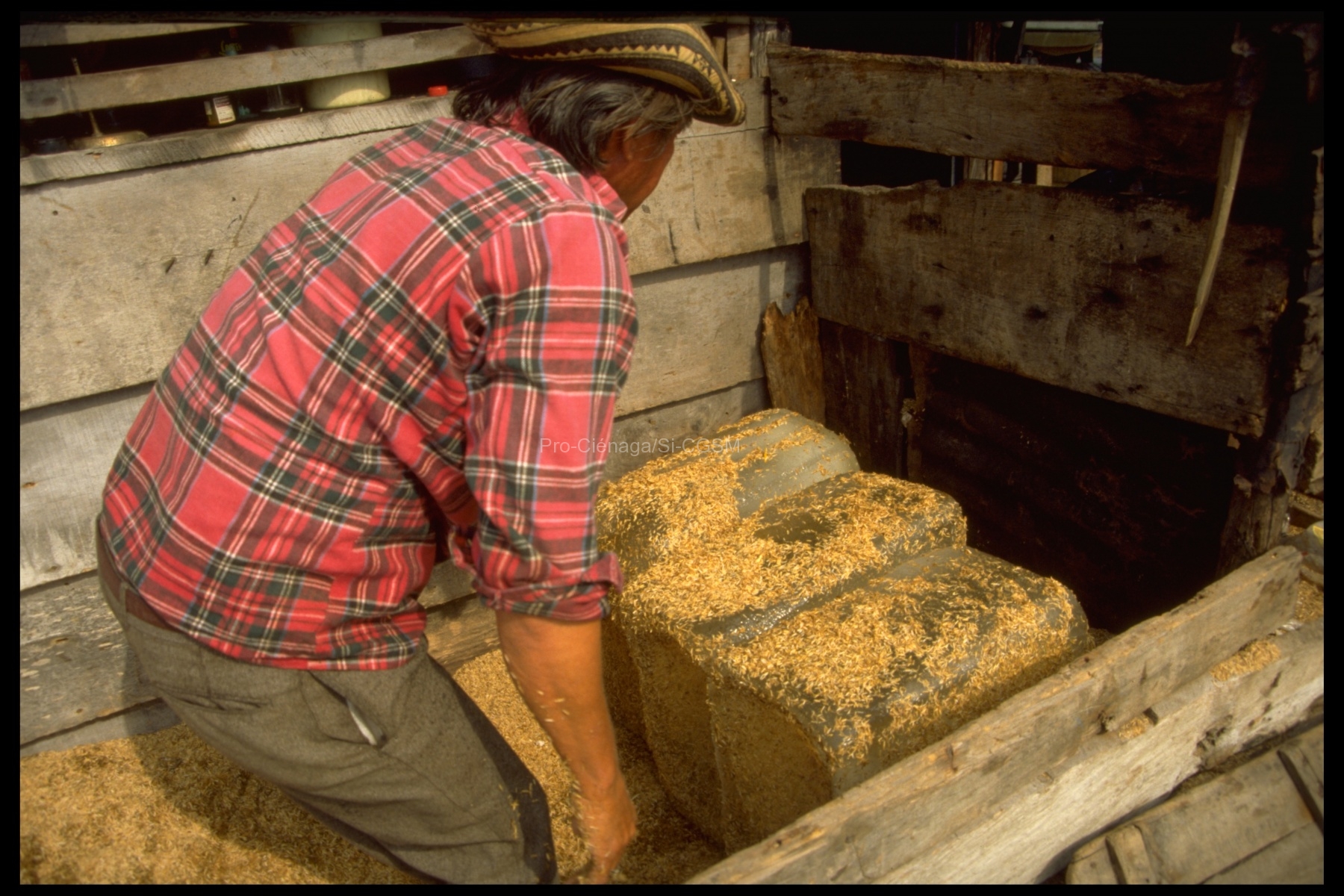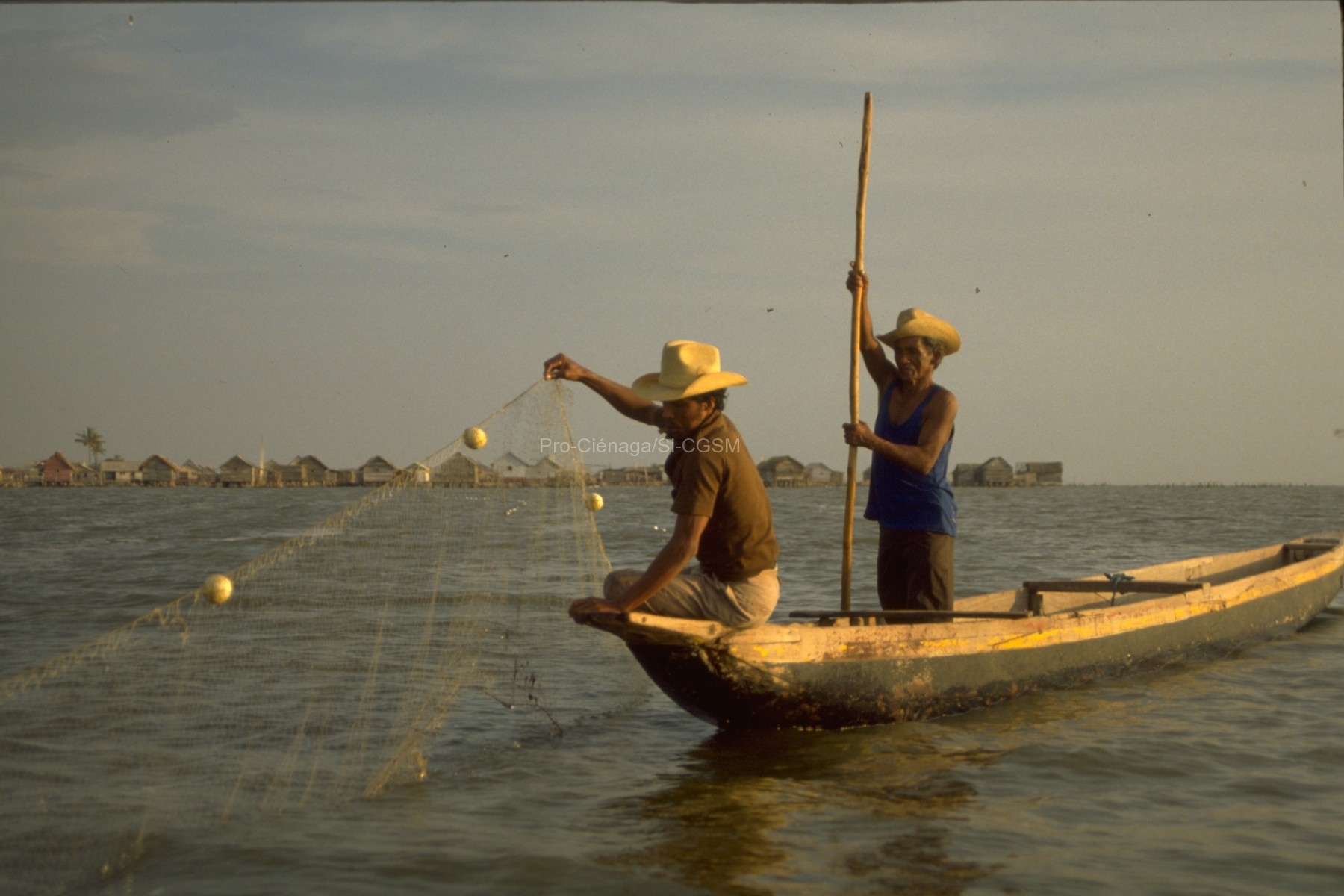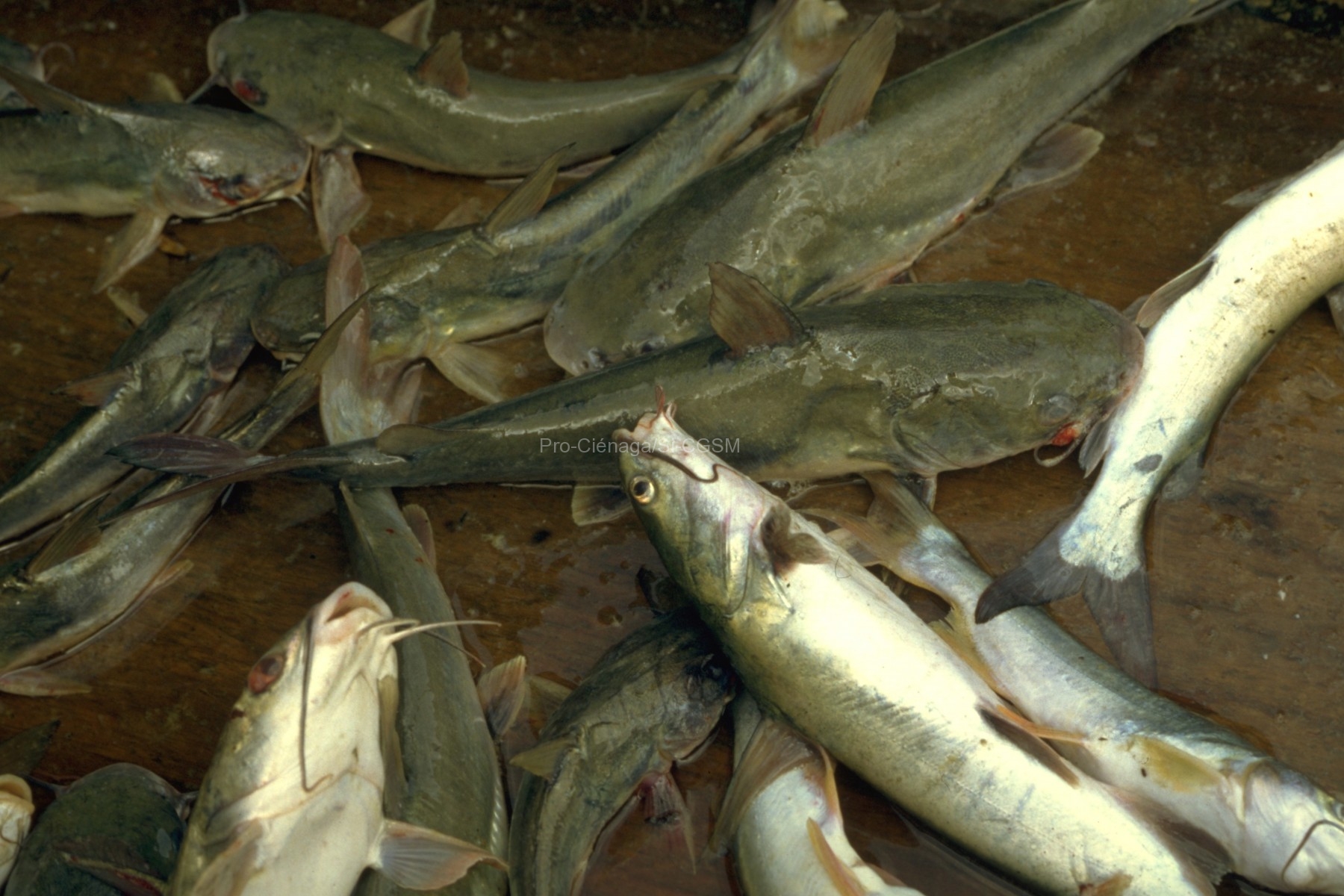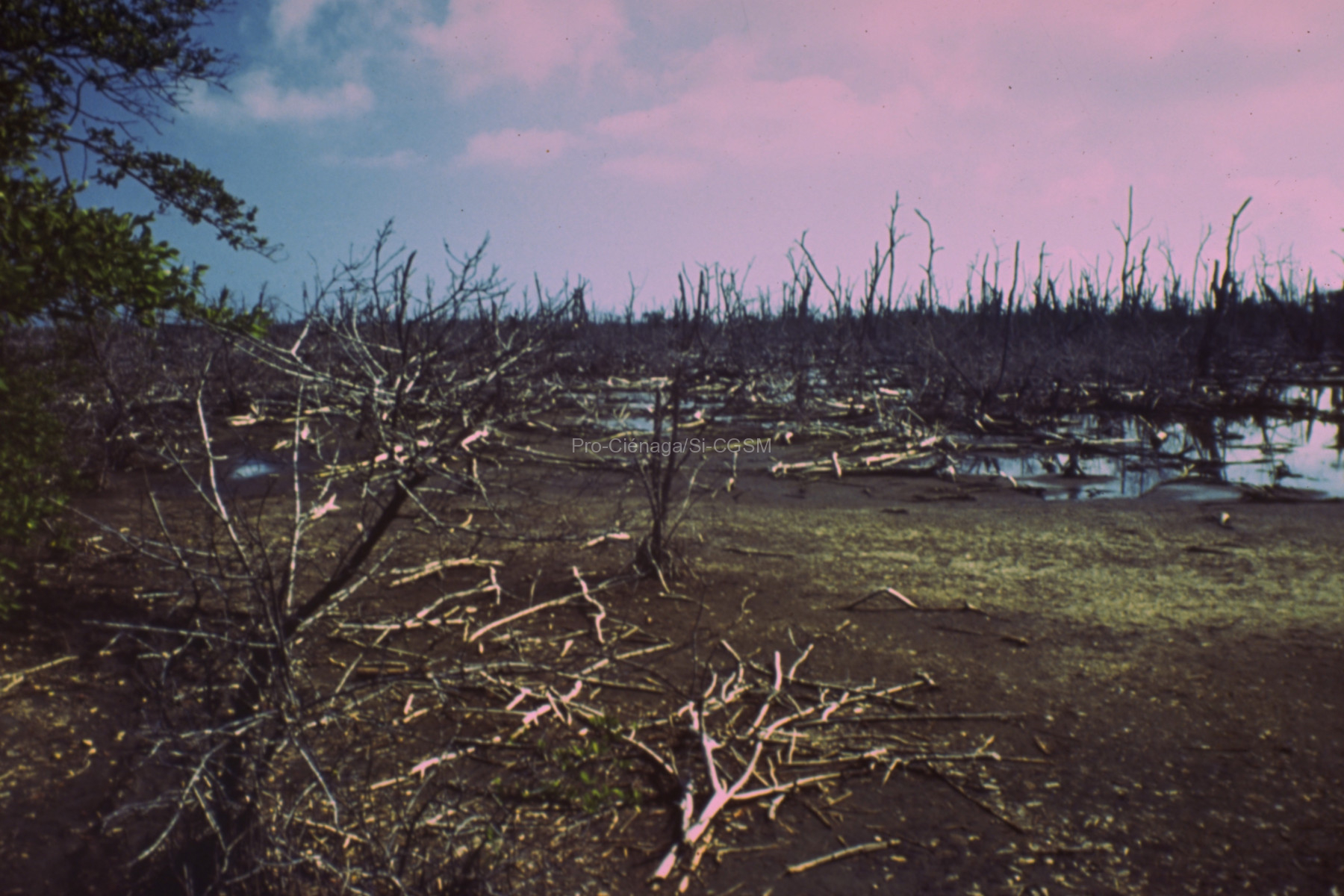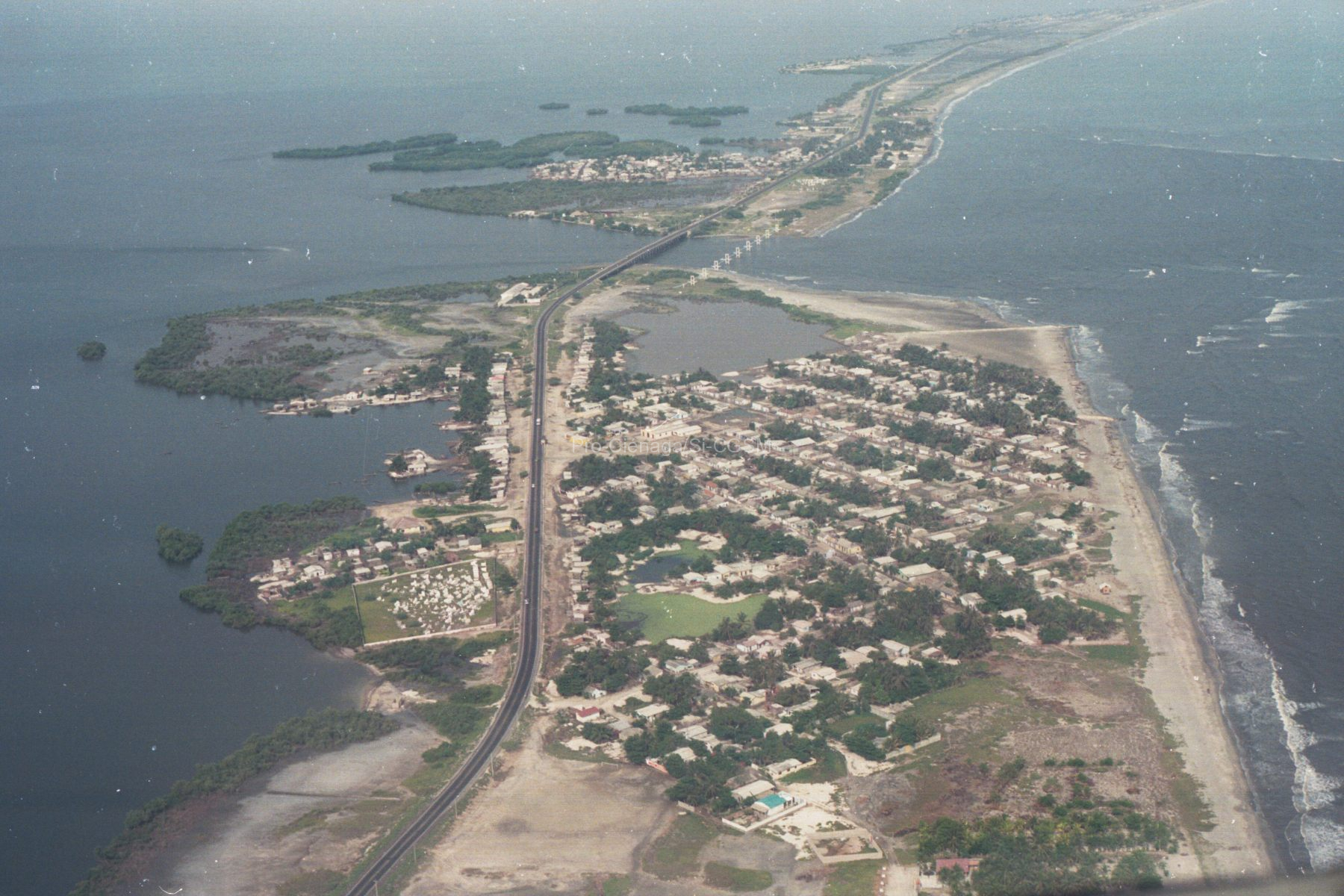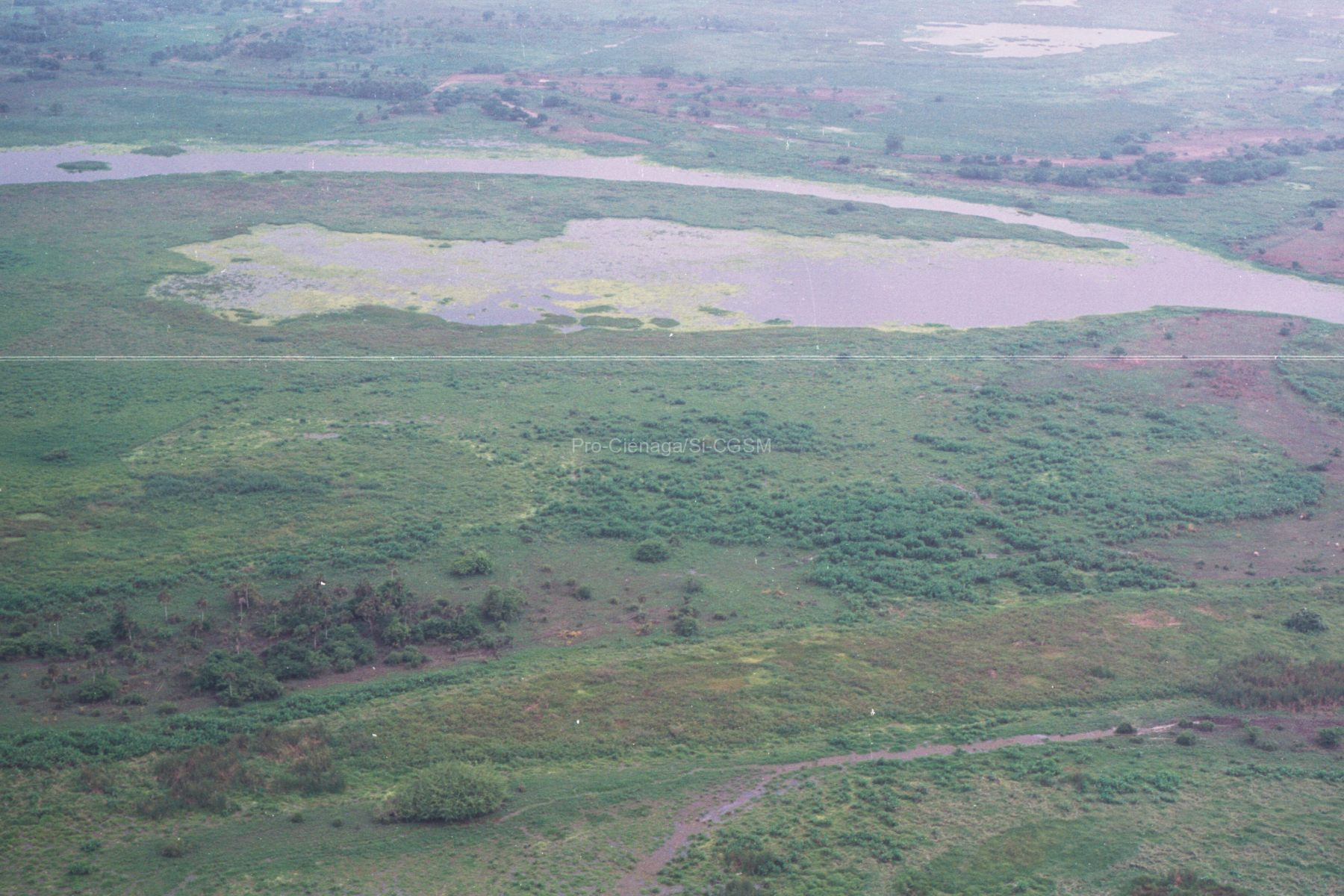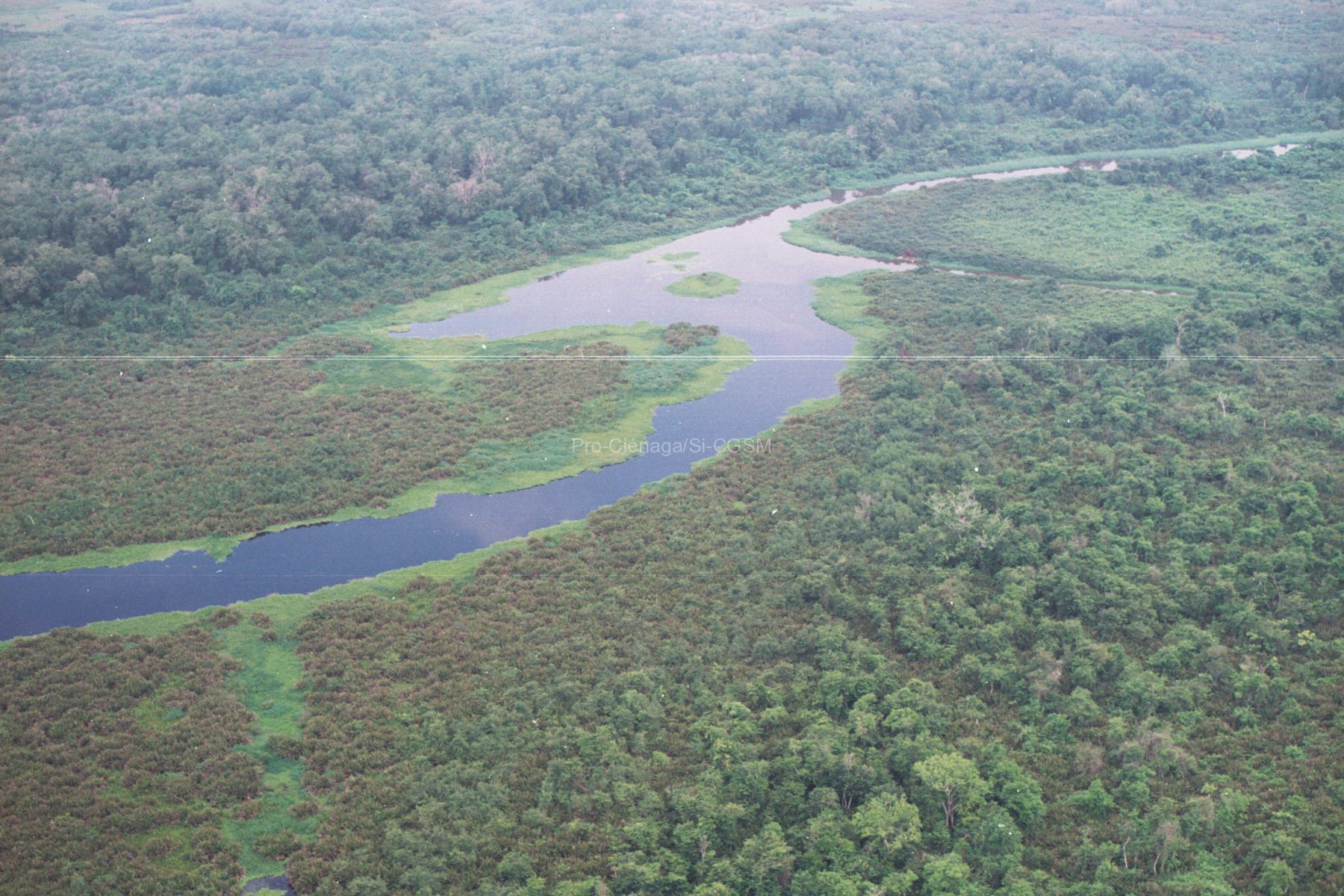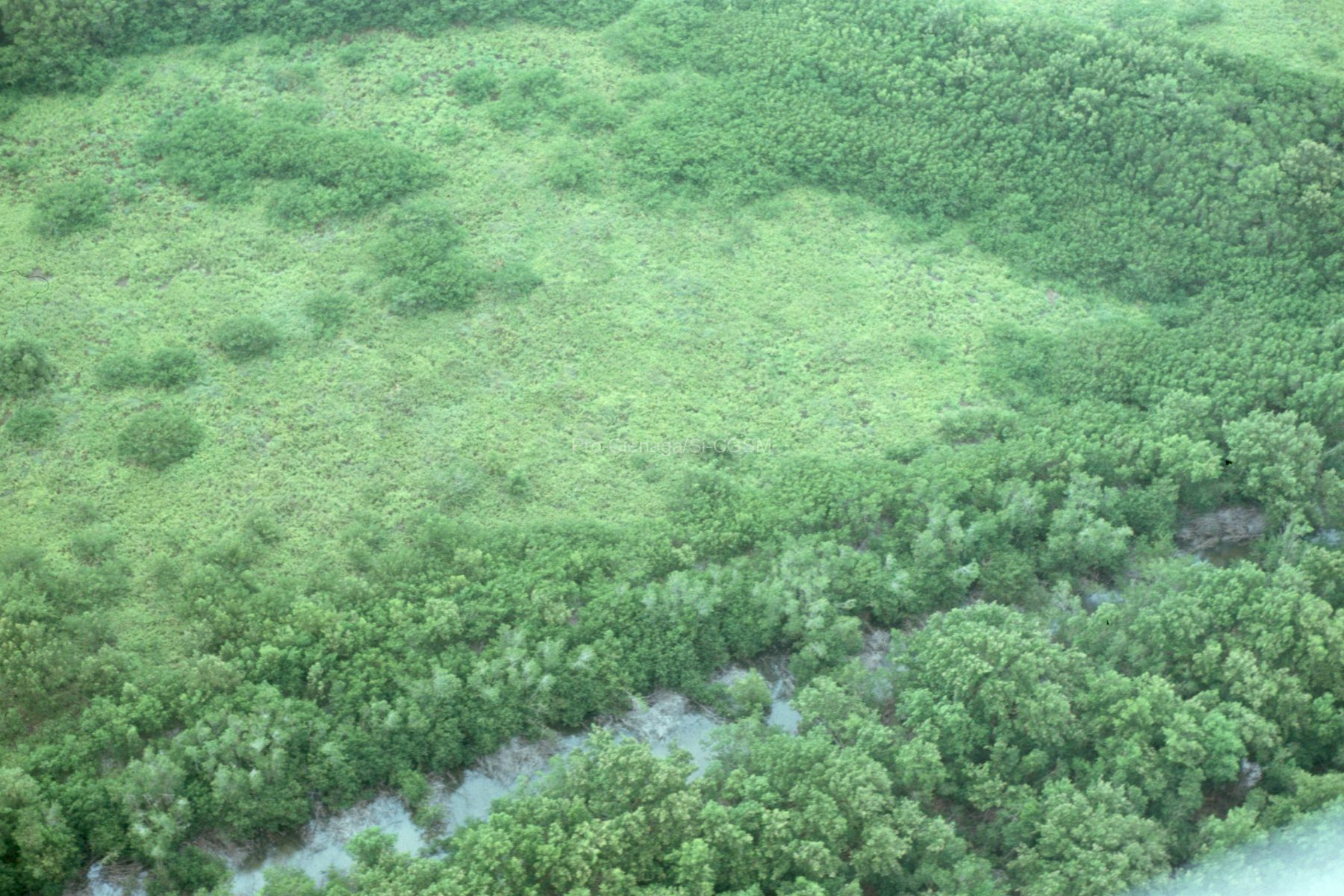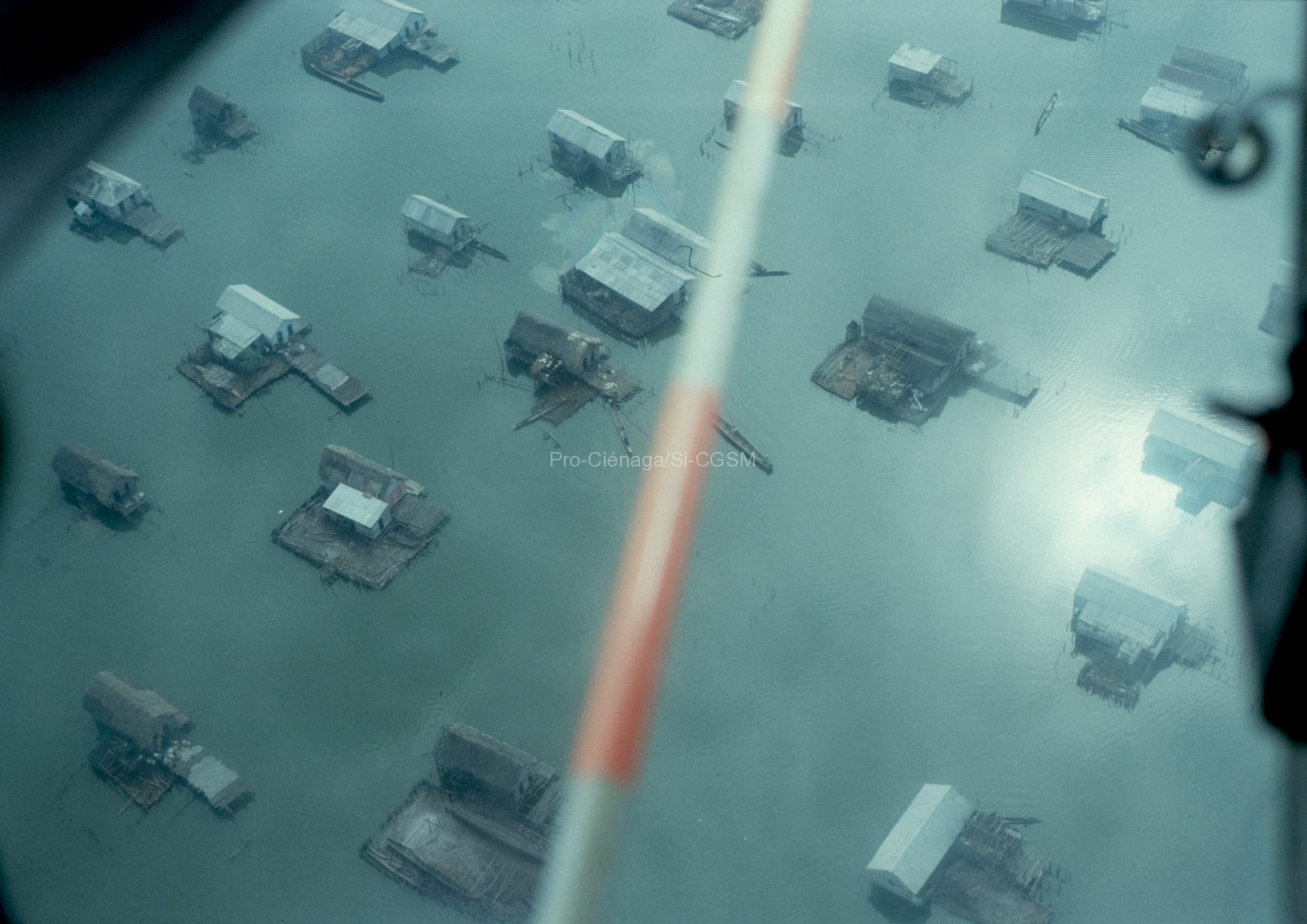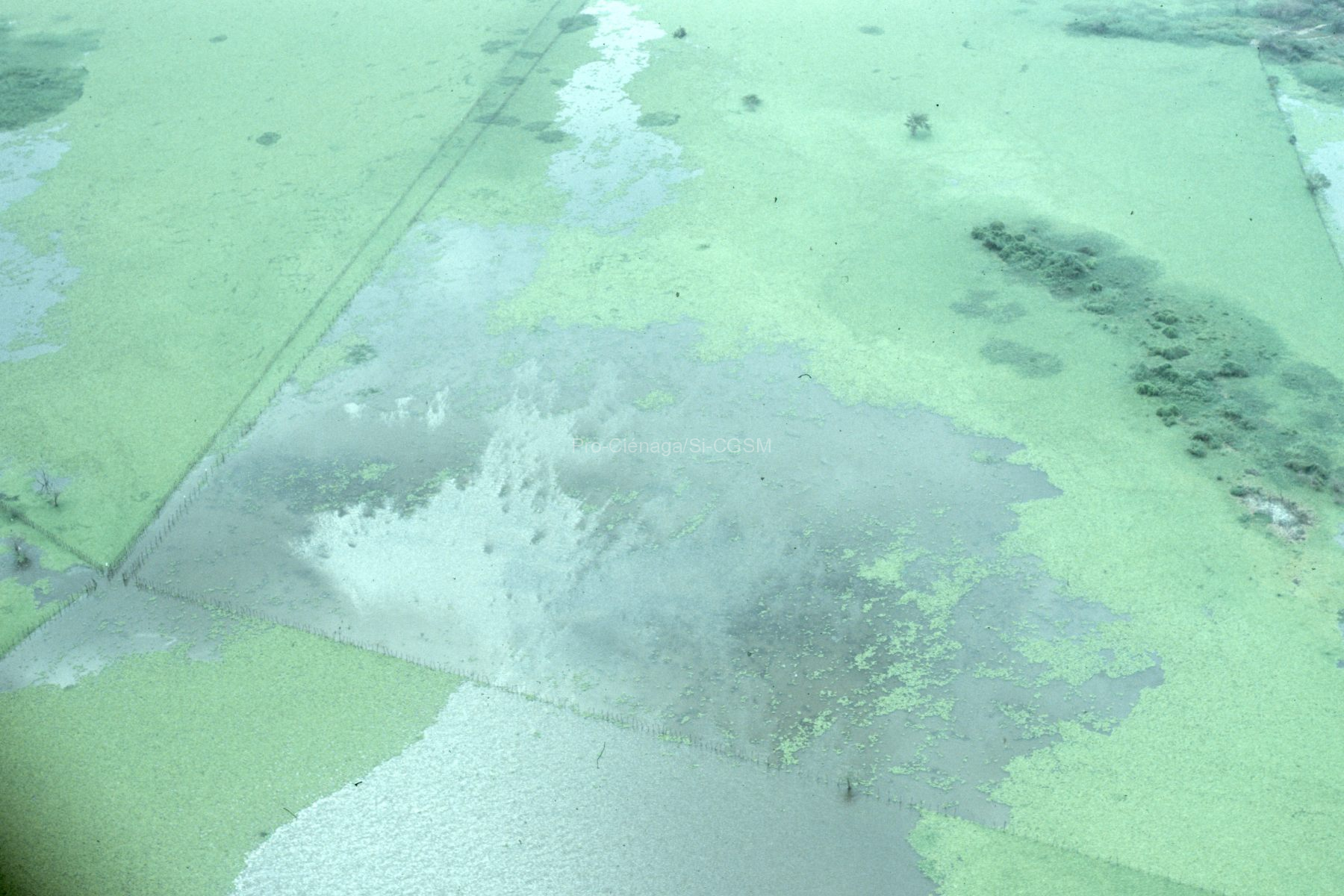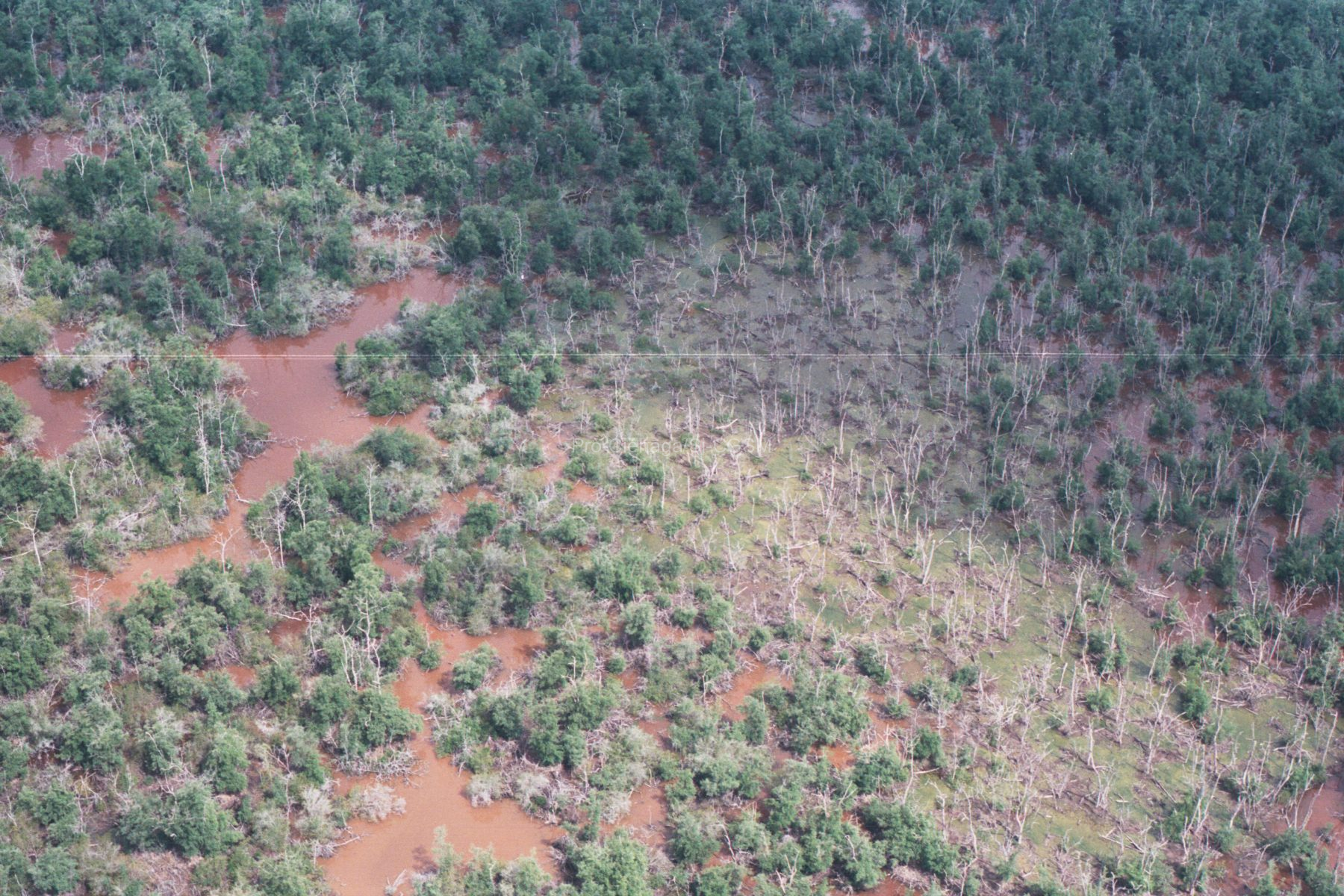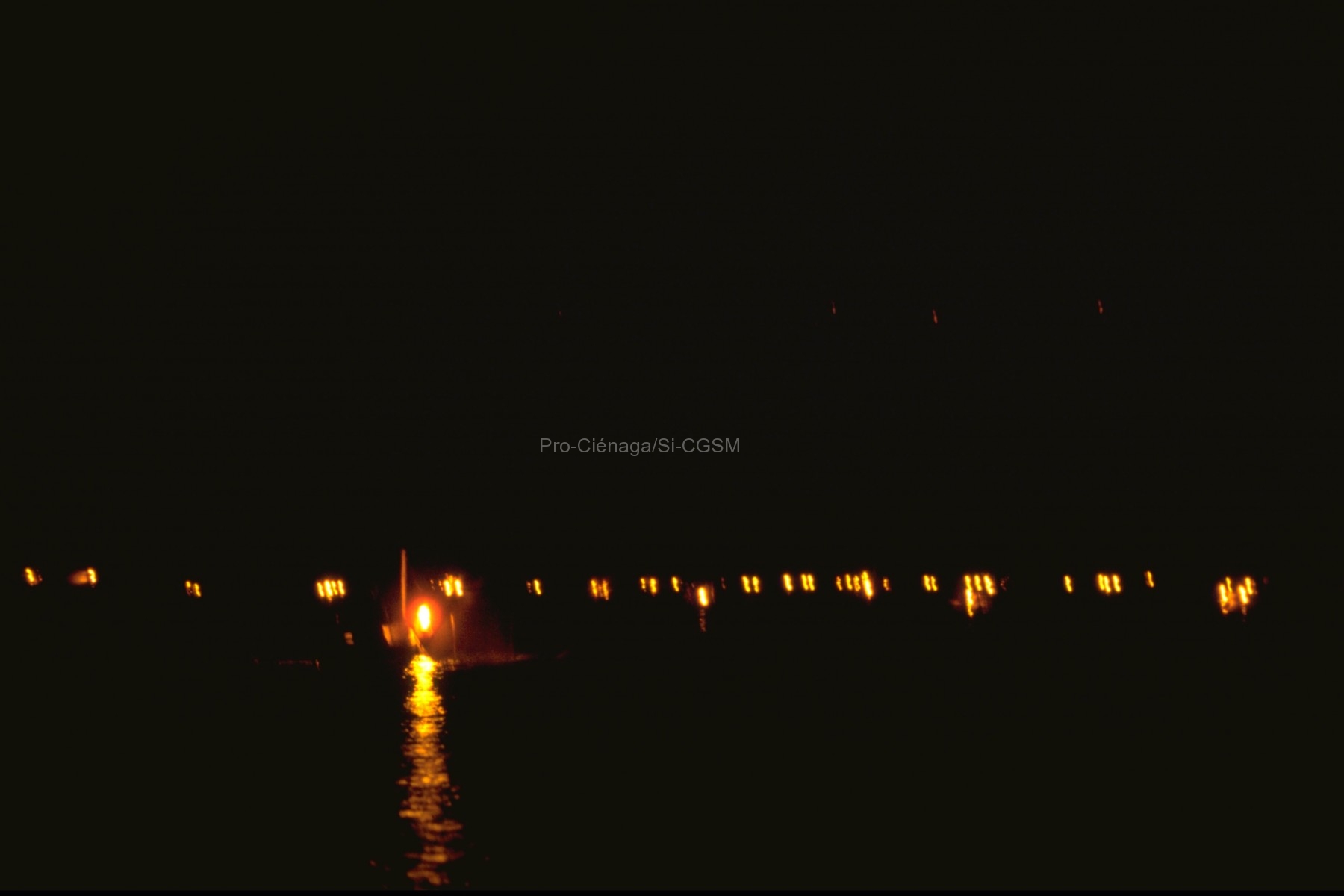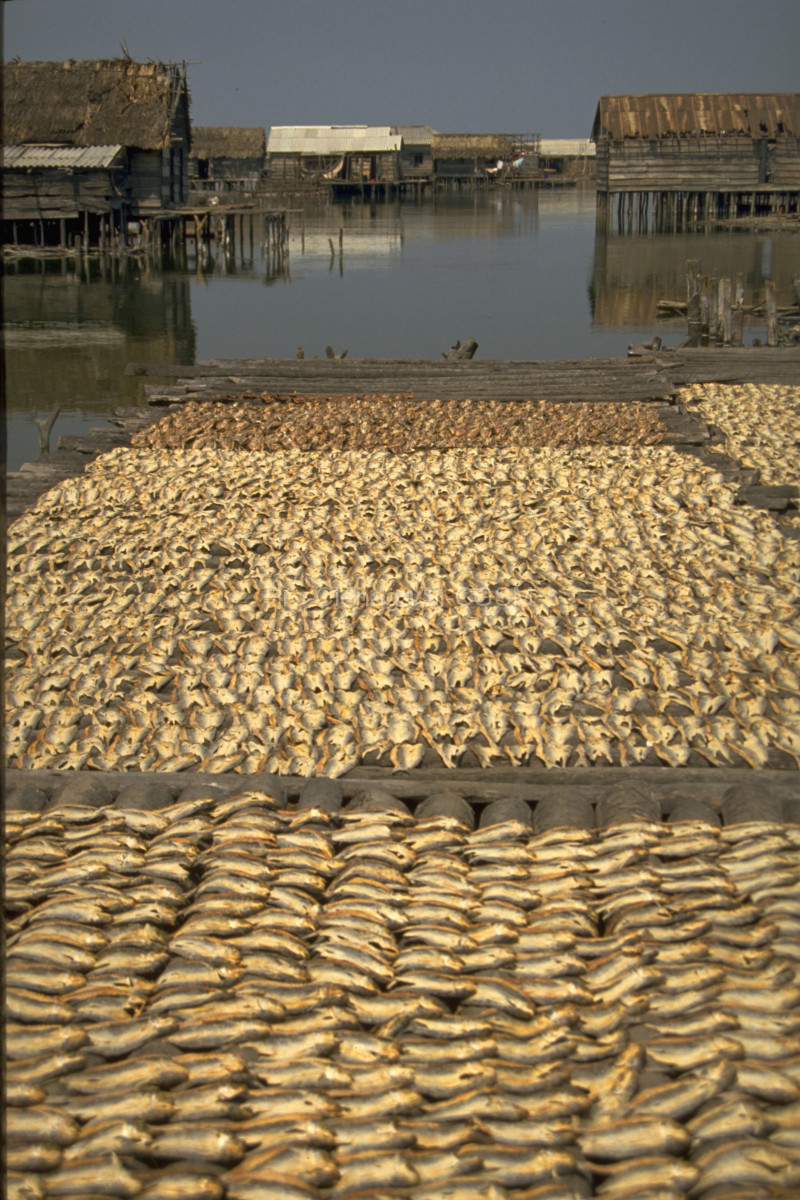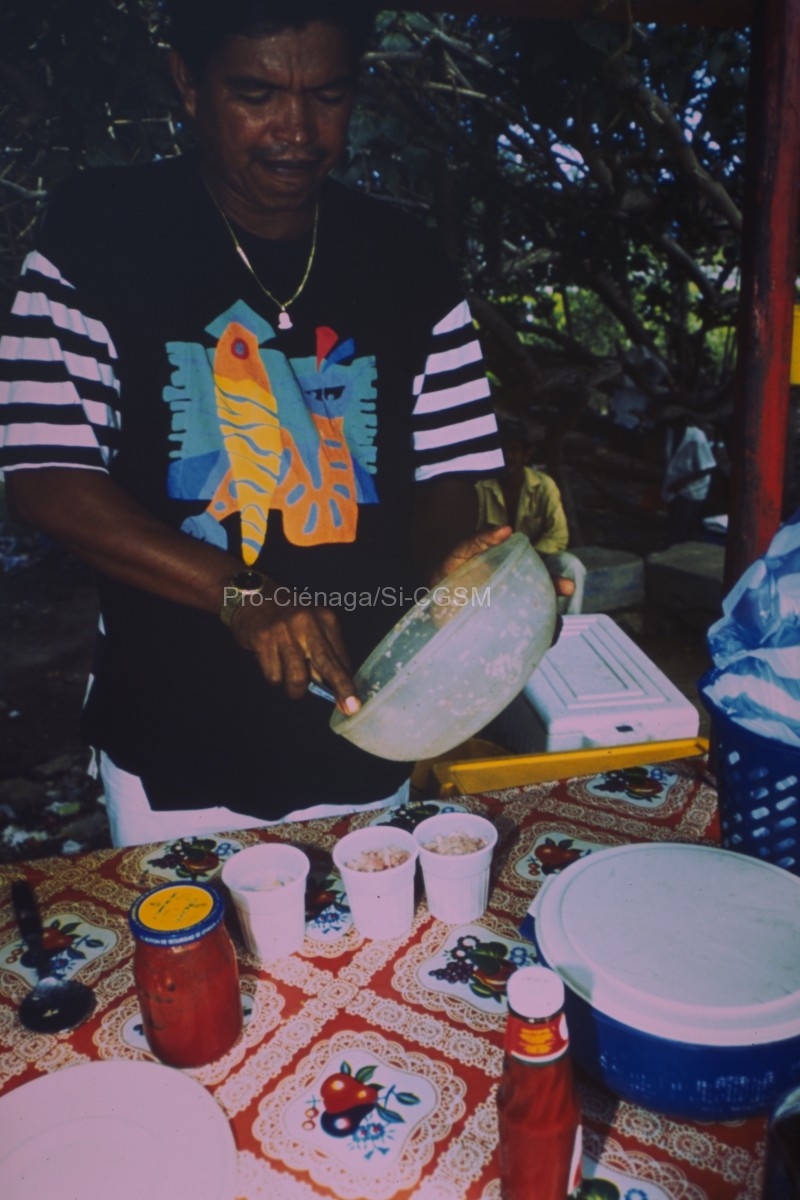The Cienaga Grande de Santa Marta, a large shallow coastal lagoon almost 500 kms2 in area, had beds of oysters (Crassostrea rhizophorae) producing almost 1000 tons a year in 1968, 69. Floods of fresh water killed all the oysters in December, 1969. Studies previous to the catrasthophe had shown potential production of 25.000 tons annually with a possible export value of 12 millon dollars. Harvesting this crop would require about 2000 fisherman. Growth of the oysters was 14 mm/month at sizes to 40 mm, and averaged 7 mm/months at larger sizes. Exploitable sizes could be reached in 6 to 8 months. As salinities changed, successive goups of planktonic orgamisms were killed providing particulate matter for the oysters, and meat condition and weight indicated improvement over the period of change. This suggests a hypothesis of oyster nutrition by varying conditions in their environment. Recommendations include: control of fresh water floods entering the Cienaga; a minimum size of 60 mm shell height selected when harvesting; regular spreading of clean oystershell on the beds and extending the beds in area; cultchless collecting of juveniles to soe on the beds in concession areas; granting of concession areas to be continued to providegreater care and extension of the beds and statistics of landings; surveys of other lagoons estimating possible productionand measures needed to improve them, and a continuing program of monitoring salinities and pesticide residues in the Ciénaga Grande.

